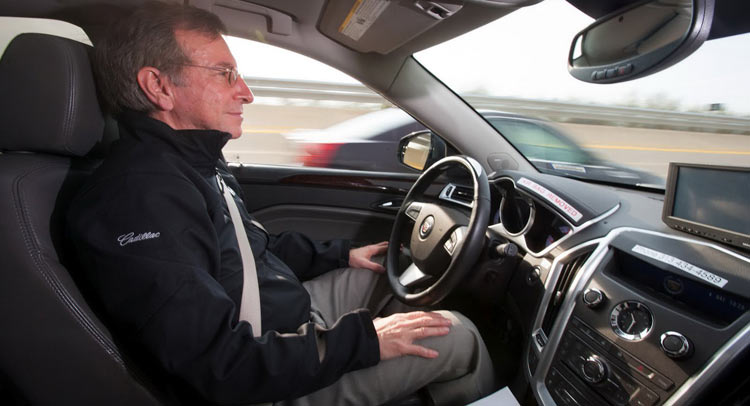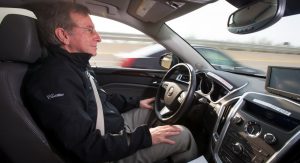General Motors has announced its exploration of a new mapping technology from Mobileye to help with autonomous driving.
The American automaker has discovered that it can use the Road Experience Management (REM) system of Mobileye to take pictures of roads. Those pictures could then be uploaded through GM’s OnStar system to create data that could be used by driverless vehicles.
Currently, REM works through the cameras installed in many cars from the factory. It is then able to pick out road details and landmarks and then collates that data. To improve on this system, GM could gather such information from a number of different vehicles with REM and combine it to ensure up-to-date road maps are always available.
The logic goes that through this, driverless cars could use this information with other sensors and cameras to better drive themselves. Incredibly, Mobileye believes it can achieve accuracy to within four inches in mapping roads and objects.
GM has worked with Mobileye since 2007 with its original lane departure warning systems and currently, is the technology company’s largest customers.
According to co-founder, chairman and chief technical officer of Mobileye Amnon Shashua “Cameras are the most natural sensors for creating maps because they are already available in most new car models as part of the trend toward growing driver assistance deployment. Creating and updating maps using on-board camera technology supplies the missing link between on-board sensing and the requirement for full redundancy to enable safe autonomous driving.”




